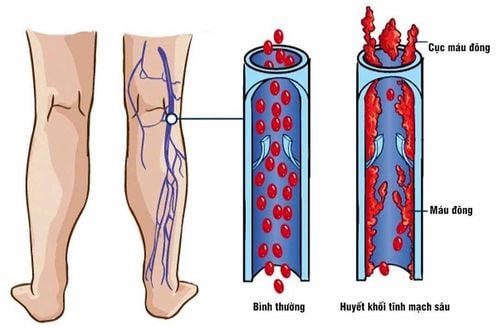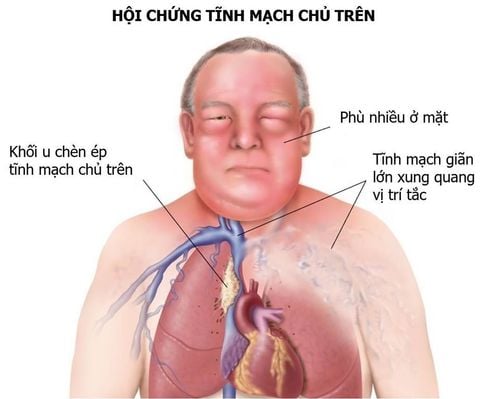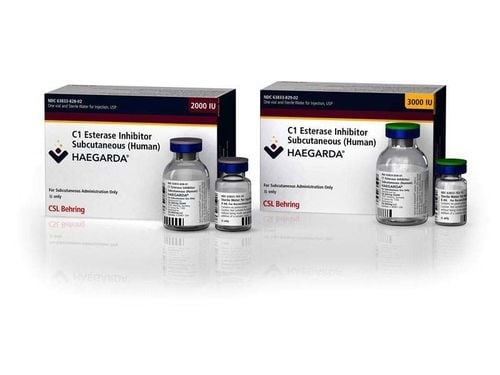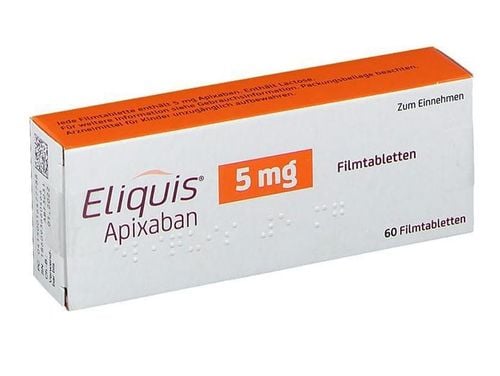This is an automatically translated article.
The article is professionally consulted by Master, Doctor Pham Van Hung - Department of Medical Examination & Internal Medicine - Vinmec Danang International Hospital
Deep vein thrombosis is one of the common problems today with a high mortality rate. The most dangerous complication of DVT is a pulmonary embolism (pulmonary embolism) which is the leading cause of death in people with DVT. Deep vein thrombosis is most common in the deep veins of the legs.
1. What is Deep Vein Thrombosis?
The venous system is responsible for carrying blood after exchanging oxygen from the organs to the heart. There are 3 types of veins including superficial veins, deep veins, and perforating veins that bring blood from the superficial veins to the deep veins. Veins have one-way valves that allow blood to move in a certain direction. Deep vein thrombosis is the formation of a blood clot inside a vein, venous thrombosis can occur in any vein in the body, but is most common in the lower extremities.2. Causes and predisposing factors for deep vein thrombosis
When venous thrombosis is formed, there are 3 main factors that cause it, including circulatory stagnation, increased coagulation, and damage to the venous endothelium. All causes lead to the above 3 factors cause deep vein thrombosis.2.1 Causes of deep vein thrombosis Surgery: orthopedics due to fractures, thoracic, abdominal surgery... Malignancy: pancreatic, lung, ovarian, testicular, urinary, breast cancer , stomach... Malignancy is accompanied by an increase in hypercoagulability. Traumatic femur fractures, vertebral fractures... Prolonged immobilization forms blood clots due to circulatory stagnation Coagulation disorders increase innate coagulation. Have venous insufficiency.
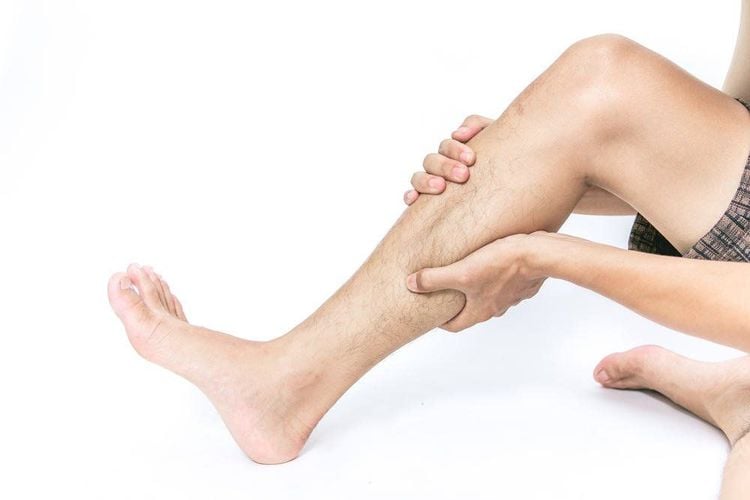
Mắc bệnh suy tĩnh mạch có thể là nguyên nhân gây huyết khối tĩnh mạch sâu
3. Symptoms of deep vein thrombosis
Most cases of deep vein thrombosis are asymptomatic. However, the following symptoms may be present:Pain may be seen in people with deep vein thrombosis, mild or severe pain, pain that increases with walking Change of skin color in the area of the vein thrombosis the pulse tends to turn blue-black or an unusual color. Swollen feet, feeling of heaviness, can compare the difference between the two legs
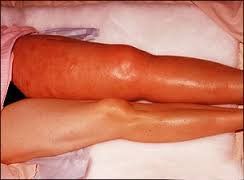
Sưng chân, cảm giác nặng nề, có thể so sánh thấy sự khác biệt giữa hai bên chân





